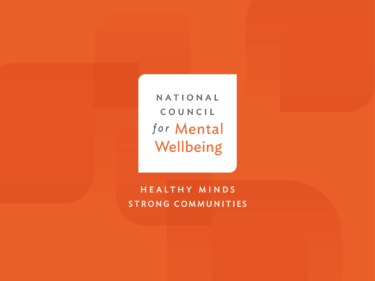The White House Office of National Drug Control Policy (ONDCP) recently released its annual report on the National Drug Control Strategy as well as a new toolkit to assist rural communities in responding to the addiction crisis. The 2020 National Strategy prioritizes increasing access to Medication Assisted Treatment (MAT) and supporting those in recovery with peer services, access to housing, training, education and employment.
NATIONAL DRUG CONTROL STRATEGY REPORT
The report notes the increasing need to mobilize resources to reduce all substance use, not solely opioids. With poly-substance use on the rise, it is critical that Congress and the Administration work to address the full landscape of substance use disorders.
ONDCP outlined three main aspects to the 2020 National Drug Control Strategy:
- Preventing drug use;
- Providing treatment leading to long-term recovery for those with substance use disorder (SUD), and;
- Reducing the availability of drugs in the United States.
The report also sets nine measurable goals to be achieved by 2022. Some of the goals include:
- Reduce Drug Overdose Deaths by 15%
- Drug Use Education: Reduce the rate of illicit drug use among youth by 15% and reduce the rate of opioid use by 15%.
- Access to Medication-Assisted Treatment (MAT): Increase access to evidence-based addiction treatment nationwide, including MAT, double the number of specialty treatment facilities providing MAT, and increase the percentage of practitioners certified to administer and prescribe buprenorphine for opioid use disorder to 10%.
- Prescriber Education: Increase mandatory opioid prescriber education, and increase the percentage of Federal prescribers that have completed continuing education on prescribing opioids by 50%.
- Opioid Prescription Fills: Reduce nationwide opioid prescription fills by one-third and maintain that reduction in 2021 and 2022.
- Prescription Drug Monitoring Program (PDMP) Use: Increase the number of states integrating electronic health records (EHRs) with their PDMPS to 30 states.
The ONDCP also released its first-ever national Treatment Plan for Substance Use Disorder, as mandated by the SUPPORT for Patients and Communities Act. The Treatment Plan identifies three key elements to addressing the “treatment gap” between those needing treatment and those receiving it:
- Expand early intervention, treatment, and recovery support services;
- Improve delivery systems, provider efforts, and services for people with SUD, and;
- Improve the quality of treatment.
RURAL COMMUNITY ACTION GUIDE
ONDCP’s report for local leaders aims to help rural communities comprehensively build a response to addiction, with a targeted focus on opioids. The Action Guide includes data, recommended action steps, and approaches for various populations, including farming and faith-based communities.
WHAT’S NEXT?
The ONDCP will soon release a FY 2021 Budget Summary of its National Drug Control Strategy. ONDCP Director James Carroll will likely testify at a Congressional hearing on the 2020 National Drug Control Strategy and the Administration’s response to the ongoing drug epidemic.
Guest Author
Policy Associate
National Council for Mental Wellbeing

